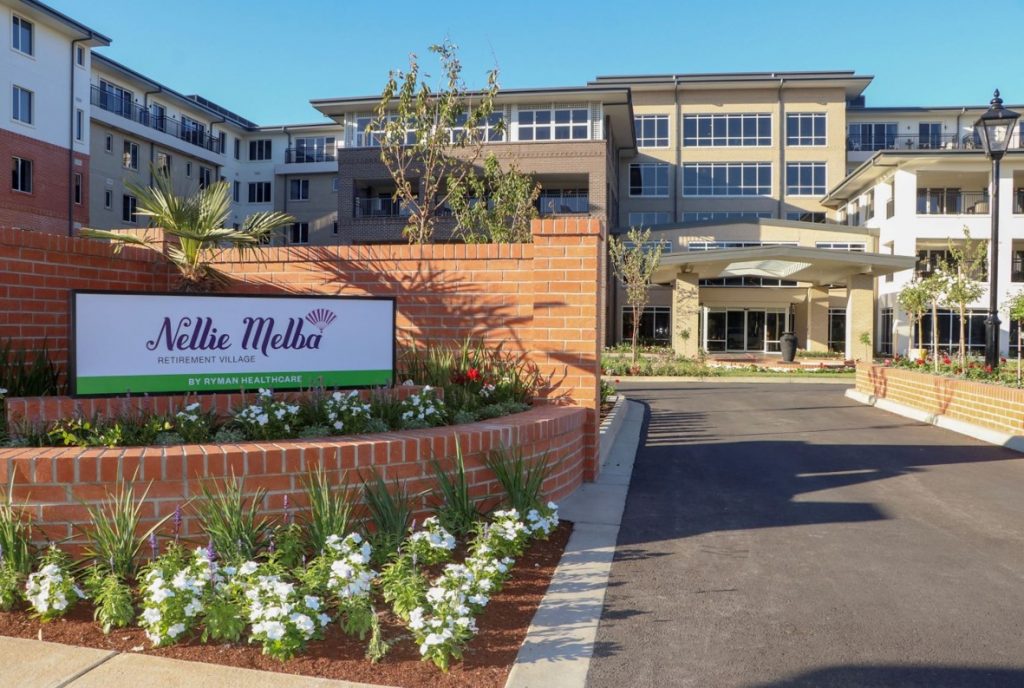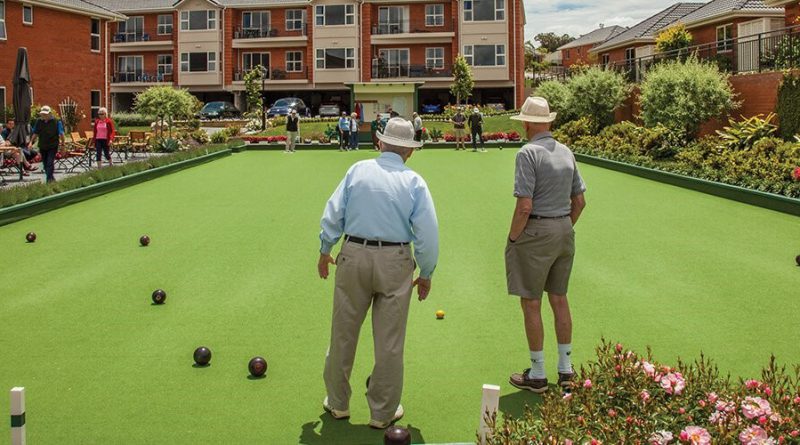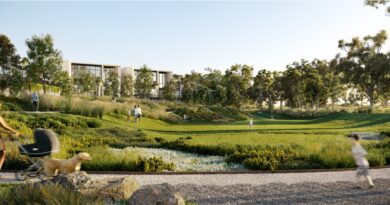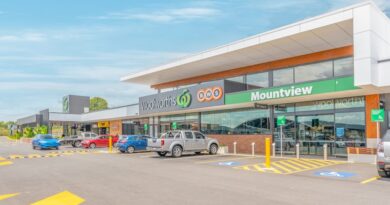Continuum of care model needed: Ryman Healthcare

The Royal Commission into Aged Care Quality and Safety confirmed Australia’s aged care industry is not fit for purpose.
The system is both unprofitable and underfunded: 64 per cent of providers operate at a significant loss, while current Australian government spending on aged care – despite record levels of investment – is about one fifth less than other OECD countries at 1.2pc.
Concurrently, the population is ageing, with the number of Australians aged over 85 estimated to rise by 1.5 million by 2058.
Vital changes being implemented in response to the Royal Commission, while welcome, are creating additional burdens for an industry already in a precarious financial position and providing a sustainable and skilled aged care workforce remains a significant challenge.
Long term reform is vital if Australia is to address the funding and viability issues endemic across the sector, successfully manage the country’s demographic trajectory, and provide the quality care that senior Australians need and deserve.
Continuum of care offers a way forward
To rectify the systemic issues afflicting the aged care sector laid bare by the Royal Commission, Australia needs to consider alternative approaches. New Zealand’s continuum of care model offers a tried and tested solution.
The continuum of care model, introduced to Australia by Ryman Healthcare, delivers communities that incorporate quality retirement living options, integrated with serviced apartments, home care services and aged care facilities, allowing residents and their partners to remain in the same village while meeting their care needs as they change over time.
Ryman is keen to share its experience of implementing the continuum of care model in Australia, the benefits it offers and how the regulatory environment could further encourage its adoption.
In the continuum of care model, while aged care is not directly subsidised, its costs are offset by the efficiencies provided through the sharing of fixed costs via the co-location of retirement living, serviced apartments and home care.
These include shared facilities, care staff, property maintenance and operational expenses.
Further, by diversifying revenue streams through strategically complementary assets and businesses (e.g. the development and sale of retirement living property), and not basing income on the provision of one service or product, operators of the continuum of care model like Ryman have demonstrated long-term financial sustainability with much lower reliance on government funding. This is important to ensure the long-term viability of the industry.
The continuum of care model also enables the Australian Government to address many of the current challenges in aged care, through:
Efficiencies in funding of home care
Government spending on home care services has increased 64pc in just four years, owing to the meeting of pent up and increased demand (continues below).
A continuum of care environment, with an ageing population on a single site, provides for significant cost efficiencies.
This is vital if the sector is to continue meeting demand for home care packages without placing significant additional stress on government finances.
Built-in incentives to ensure quality
In a model where a significant source of capital is the sale of retirement village units, a particularly high quality of aged care is required to attract residents.
This built-in incentive is significantly more powerful than punitive quality management regulations.
Investment in governance and quality control to meet or exceed sector standards: The continuum of care model has allowed Ryman to invest in a suite of governance and quality control measures, such as the digital myRyman platform which minimises the administrative burden while providing a wealth of data to monitor and enhance its care offering.
A skilled and sustainable workforce
The Royal Commission recommended the introduction of Certificate III in Individual Support as a minimum qualification for all carers, but recognised that mandating such a standard may act as a barrier to entry.
Ryman has long insisted that its carers hold a minimum qualification of Certificate III in Individual Support, and its wards are managed by experienced nurses.
In addition, approximately 2.5pc of Ryman’s staff, salary and wage expenditure is dedicated to education and career development.
Providing more work for carers across one site also provides a model to address issues of insecure work in the aged care sector, with a significantly reduced need for casual staff.
This is an excerpt of a white paper, A solution for Australia’s aged care system – continuum of care.
Follow this link to download the free full document.








